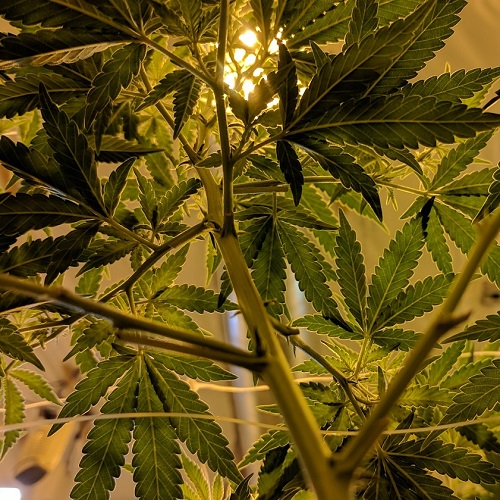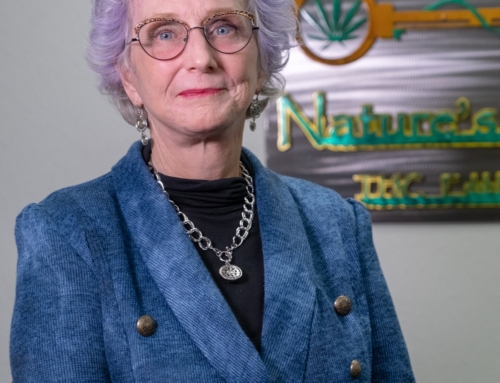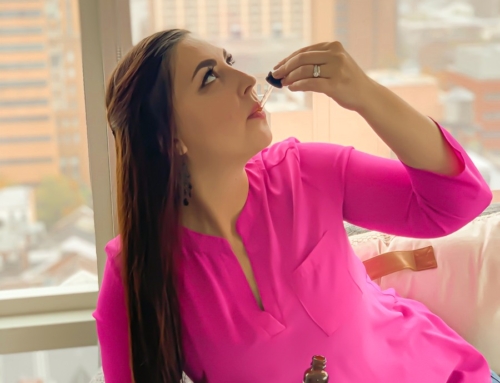Everyone knows the basics: joints, special brownies, hash. But like any product, there’s a ton of jargon. If you’re just getting into the industry, we’re here to help.
Here are 10 terms that are common in the cannabis business. If you’re trying to enter this exciting industry, you’ll want to get acquainted with this new terminology. Most cannabis insiders toss these words around a lot in casual conversation.
Cannabinoids
Cannabinoids are the chemical compounds found in the cannabis plant that produces all the interesting effects. This chemical is secreted from the flower and is responsible for all the therapeutic and healing properties people associate with cannabis. Cannabinoids are the only molecules that can bind to the cannabinoid receptors in our bodies, unlocking the physiological and sometimes psychoactive response. (THC is the psychoactive cannabinoid.) The two most common cannabinoids you’ve probably already heard of are THC and CBD. There are several other, less famous cannabinoids. Their effects on our bodies and brains are an exciting new frontier of research.
Hemp
This is the sub-species of cannabis that’s been threatening the lumber industry for longer than the US government would ever admit. When Congress passed the 2018 Farm Bill in December, they federally legalized industrial hemp. Some experts predict hemp will take over as the most useful and durable, and cheaply renewable building materials on the planet. Hemp also produced CBD, the non-psychoactive cannabinoid renowned in the wellness community for its anti-inflammatory properties.
Terpenes
Cannabis connoisseurs love to use this word. Terpenes are the essential oils present in all plants and the skin of fruit that give them their distinct taste and smell.
THCa
This is a short-term for Tetrahydrocannabinolic acid which is found in raw cannabis. It does not produce intoxicating effects. Once you apply the right kind of prolonged heat to this acid though, it turns into THC. You’ll hear this term often used when describing “full spectrum” products and styles of extraction.
CBD
Possibly the most popular topic in the whole cannabis industry right now are the therapeutic and medical benefits of CBD. This non-psychoactive cannabinoid has been coming up lately as being extremely useful as a painkiller, helping with anxiety and strongly reducing seizures. Experts are constantly uncovering new potential health and beauty benefits of cannabidiol (CBD).
Tincture
Tinctures typically refer to any plant medicine infused into a liquid to take orally. Cannabis tinctures are typically an oil extracted from the plant that you can drop on your tongue or on your food. This is a popular form of consumption for seniors. (It’s easier than smoking, and effects can be mild, if taken in the right dosage.) The cannabinoids can be extracted into olive oil, agave, glycerol, or alcohol. It can also be one of the fastest way to deliver cannabinoids into your bloodstream. (If you take it sublingually, and briefly leave it under your tongue, the capillaries will take up the cannabinoids much faster than eating or smoking.)
Topical
Cannabis-infused topicals are becoming increasingly popular as an alternative medicine for joint and muscle relief. Topicals are referring to any lotion, salve, ointment, or cream that can be infused with THC, CBD, or typically both, and applied to the skin.
CBN
This is another non-psychoactive compound found in the cannabis plant that’s seeing some light as being beneficiary on a medical front. Cannabinol is similar to CBD, and word on the street is that it helps with quelling insomnia.
Psychoactive vs. Non-Psychoactive
This is basically talking about the nature of cannabis making you “stoned.” Psychoactive qualities are associated with THC, but not CBD, which is an option people are now seeking because of that fact. Non-psychoactive cannabis products refer to those that don’t mentally impair the consumer in any way, only giving the user bodily relaxation or relief.
Sativa, Indica and Ruderalis
This one’s pretty basic for the most part. Sativa and indica are the two big classifications of cannabis strains — sativas get you going, while indicas chill you out. Alternatively, you could say that sativas lead to more creativity, while indicas lead to more relaxation. A third type of cannabis plant exists: Ruderalis. This does not contain much THC.









![“The potential to help people [in this industry] is enormous, but there’s still so much to learn.” – Ramon Alarcon, Witi](https://lakesideremedy.com/wp-content/uploads/2020/12/1thj5ekUyxQ69iLz1JJyODg-scaled-e1607882756286-500x383.jpeg)
